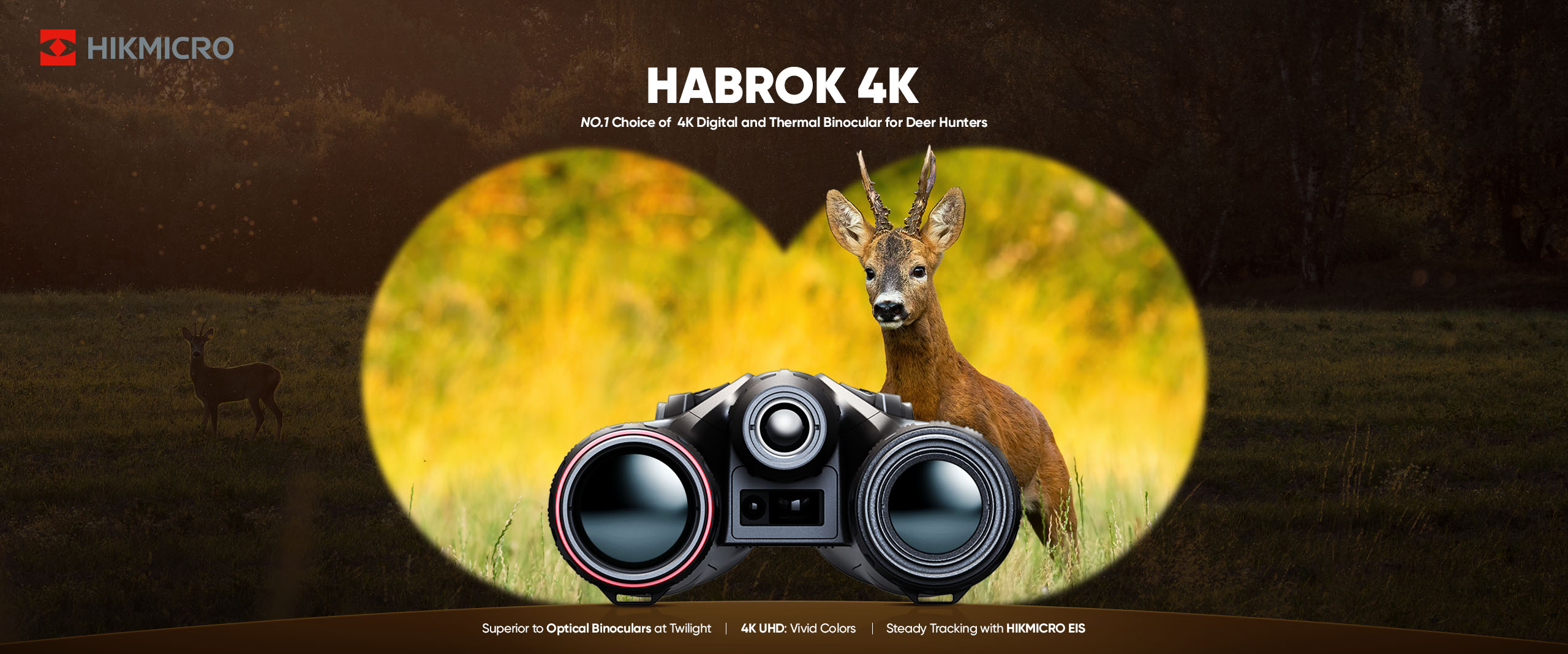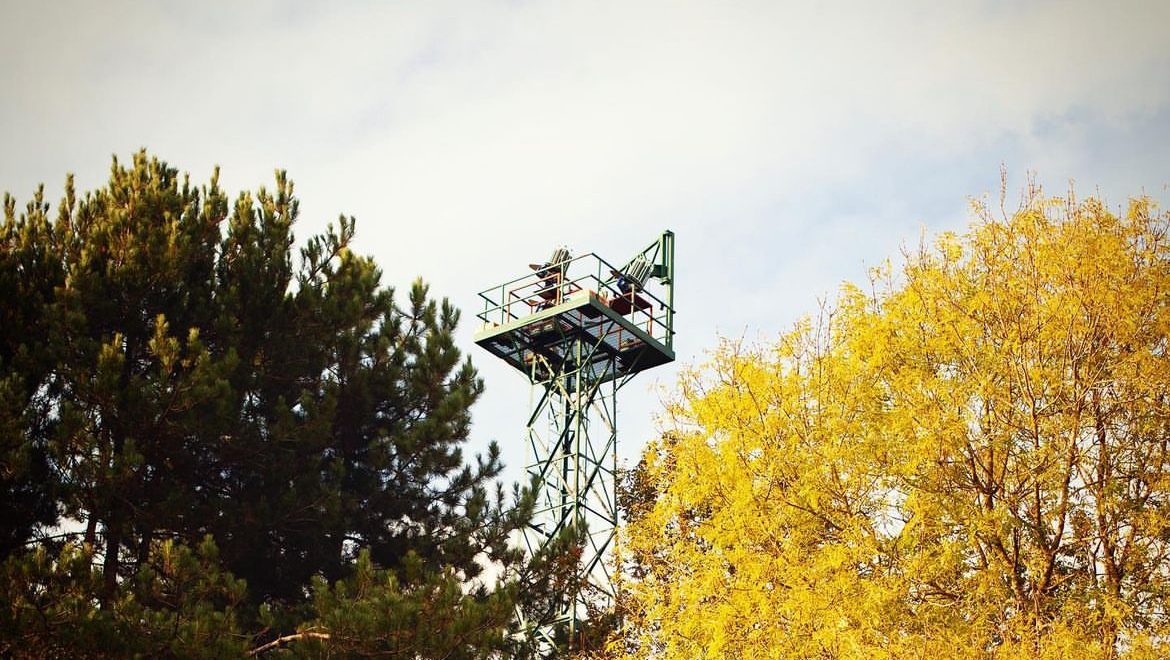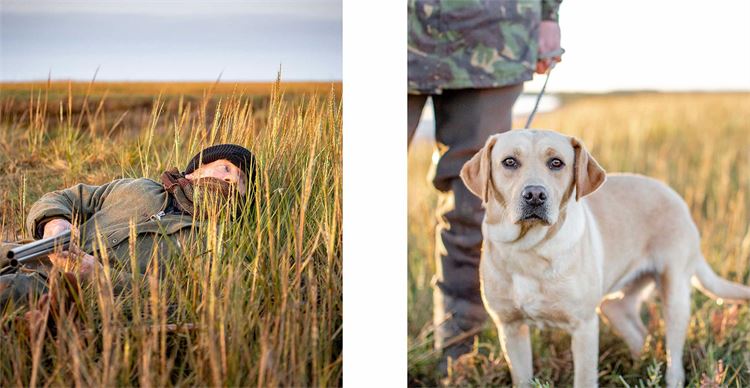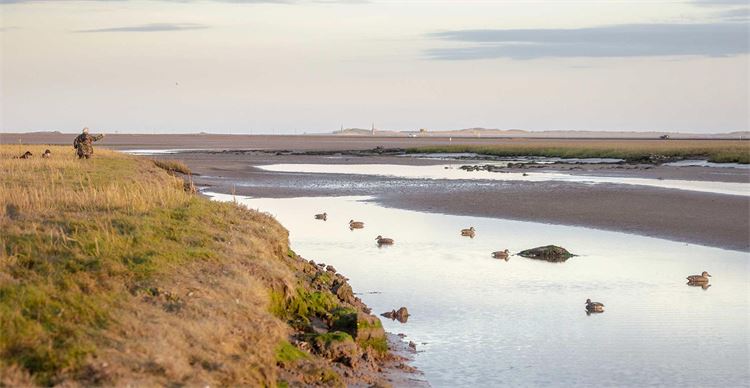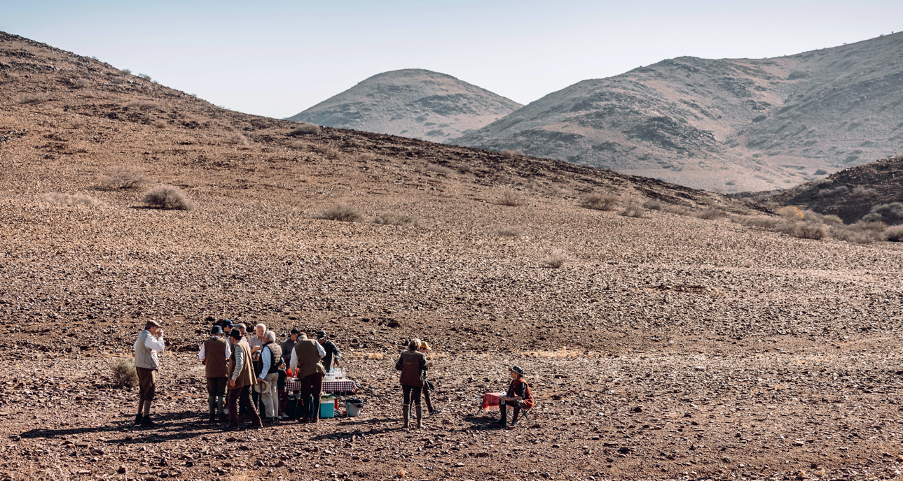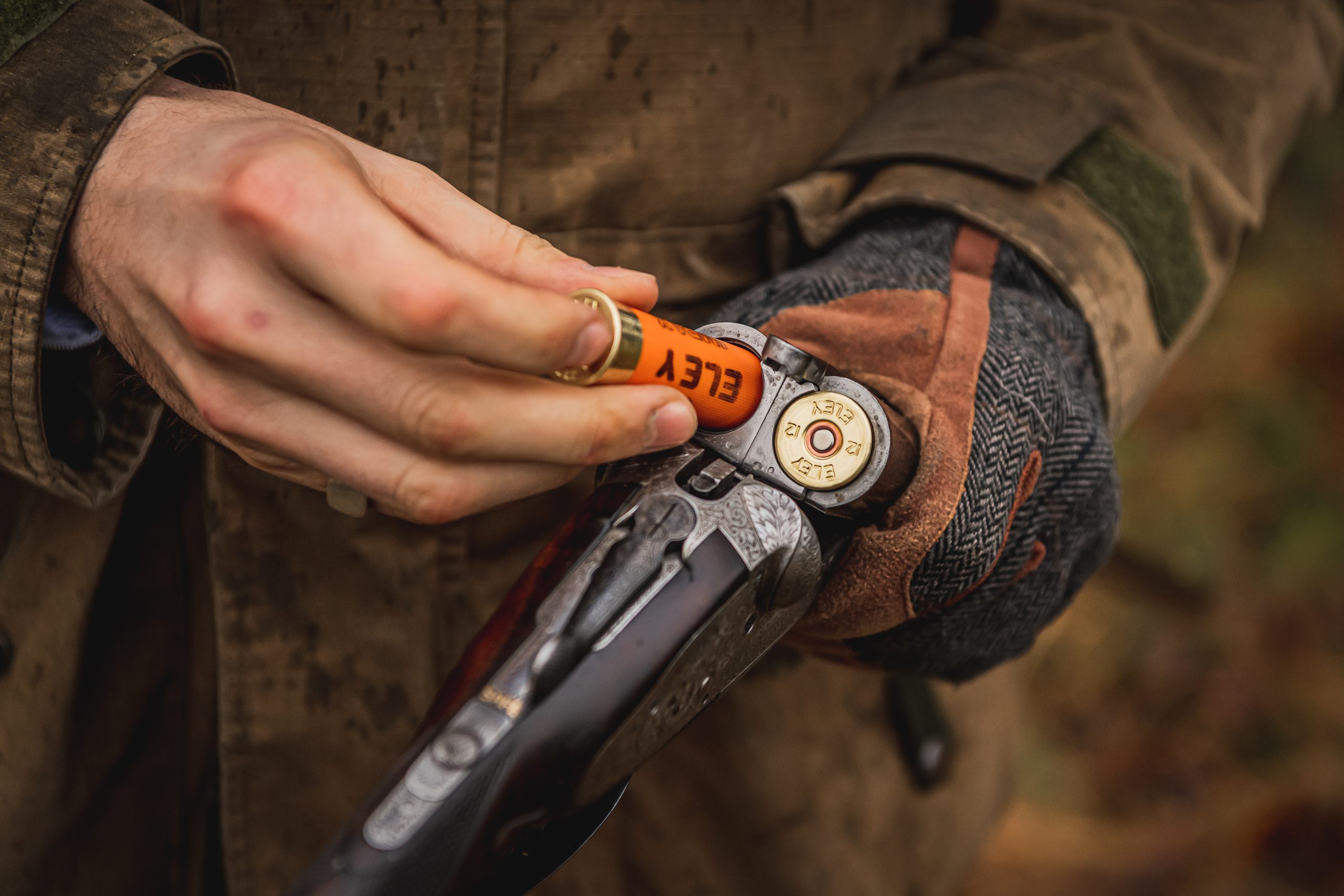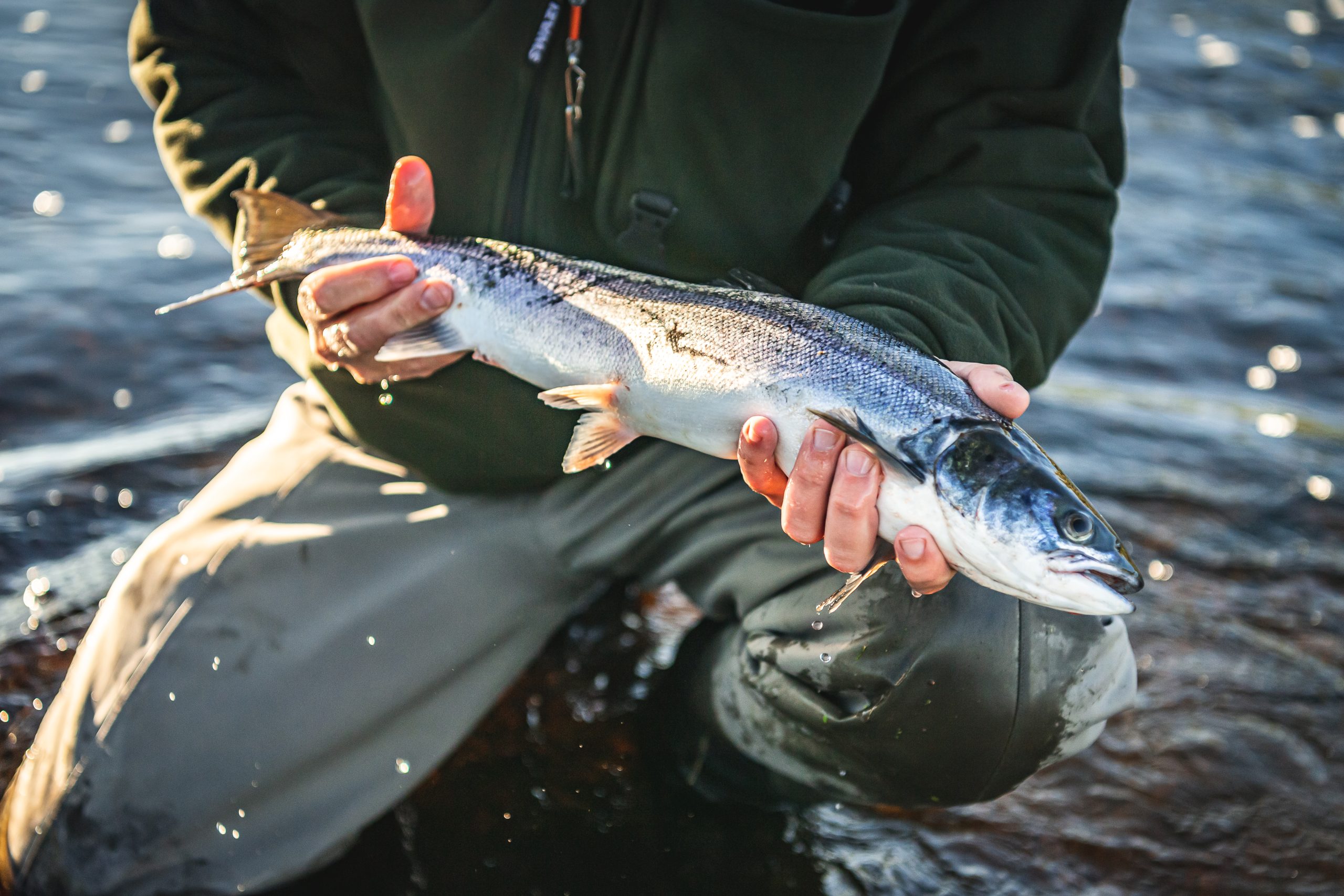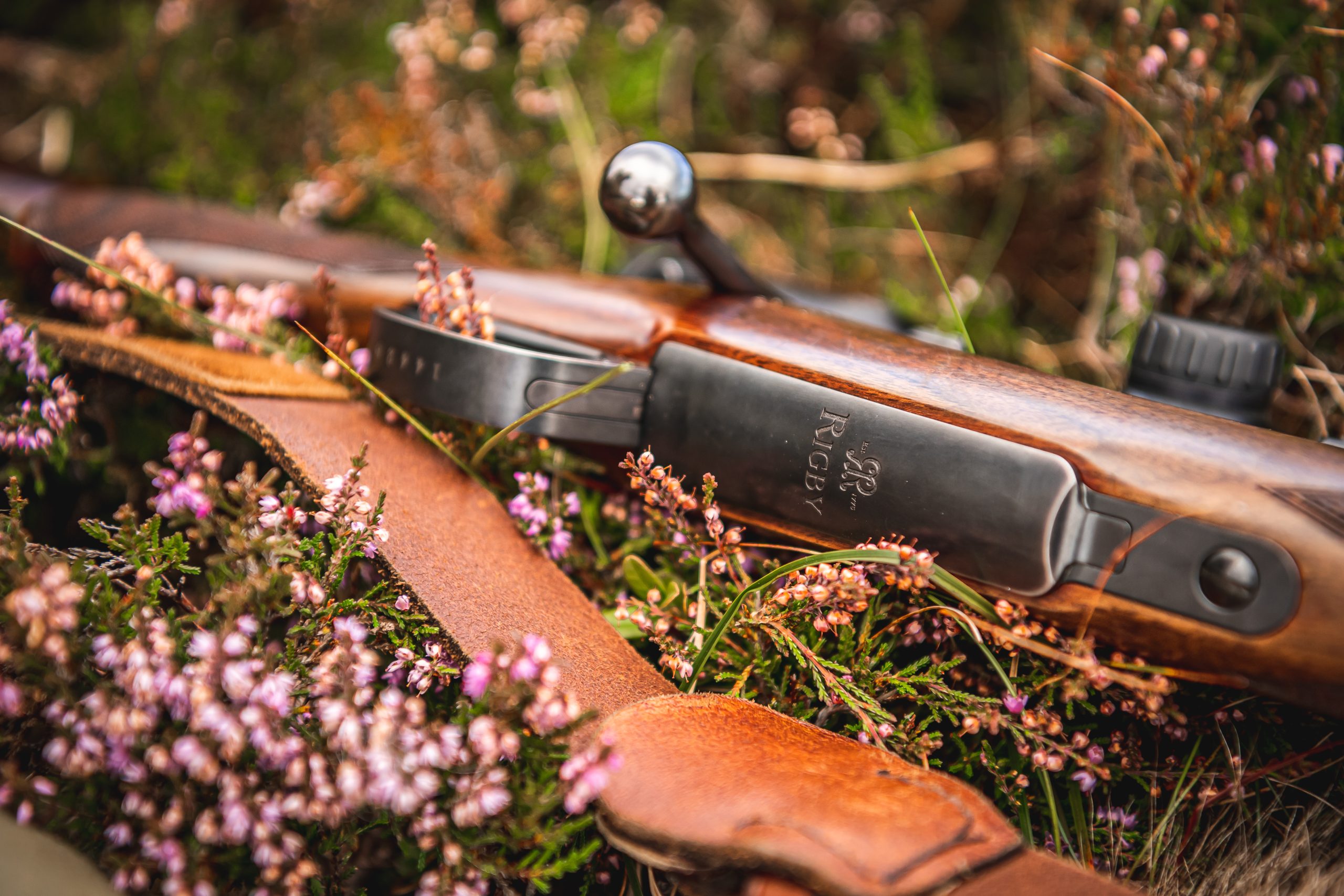Game shooting
Five wildfowling tips
Father and son Jeremy and Guy Westmoreland share their top tips for improving success at wild fowling. Plus, they identify exactly what kit you need to take along with you.
Would you like to appear on our site? We offer sponsored articles and advertising to put you in front of our readers. Find out more.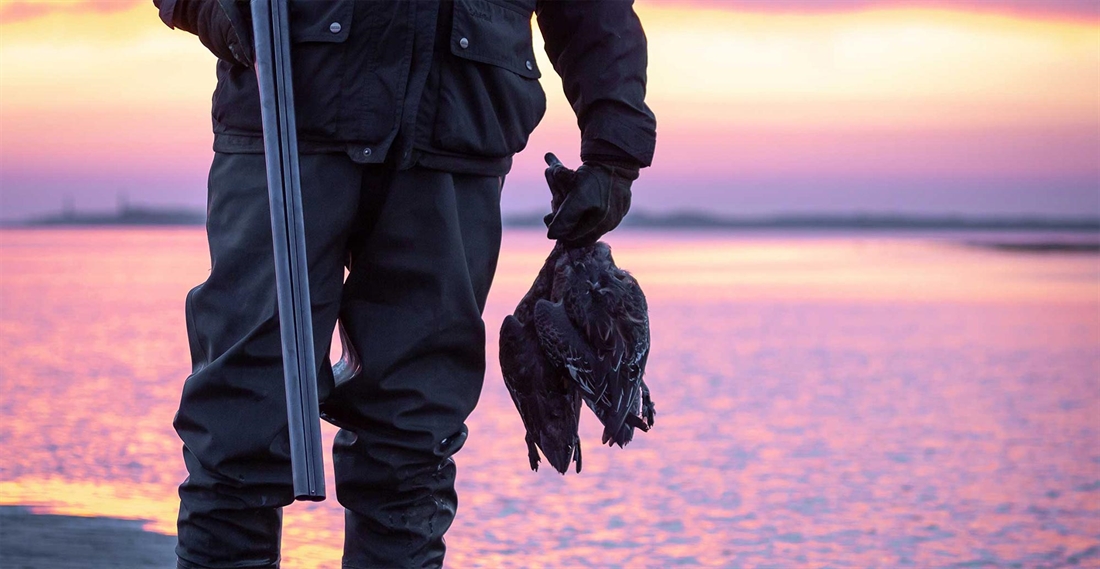
1. SAFETY COMES FIRST
As with all forms of shooting, safety should be your number one priority. If you are an inexperienced wildfowler, or do not know the marsh you are heading to like the back of your hand, you must go with someone who does. Remember, you will be out there in a tidal zone, an inherently dangerous place, in the dark. You can easily find yourself in the wrong place on an incoming tide and, before you know it, you are stranded with no way of getting back to dry land. And each marsh will be crisscrossed with gulleys and deep channels, so make sure you take a wading stick and check the depth before attempting to cross any body of water. And always tell someone exactly where you are going – these marshes are vast, so if something does go wrong, someone will know where to look for you. And for the same reason, it is advisable to take a fully-charged mobile phone with you.
2. FIELDCRAFT IS KEY
Fieldcraft is crucially important. Not only do you need to know how the marsh will be affected by both the changing tides and weather, but you need to know your quarry and how to identify it in low light conditions. For this reason, knowing their calls is crucial, as is being able to anticipate how each species is likely to react when you stand up to take a shot. Always remain crouched down and out of sight for as long as you possibly can – these are wild, wily birds and you don’t want to scupper a rare opportunity at the last second by giving yourself away when the birds are still out of range.
3. DO YOUR RESEARCH & RECONNAISSANCE
The success of an outing will come down to being in the right place at the right time, so leave as little to chance as possible. Visit the marsh during daylight hours and do your homework beforehand. Decide in advance when and where you are going to go by studying the tide charts and weather forecast, and thinking carefully about how the birds are likely to be affected by the tides and prevailing conditions.
4. DON’T LEAVE THE DOG AT HOME
You will be entirely dependent on your dog(s) to retrieve your birds which will often fall onto ground or water that you will not be able to reach, even in chest waders.
A good wildfowling dog will have a good nose, lots of drive and a strong hunting instinct as it will often have to make long retrieves in low light (hand signals are no use to man nor beast in the dark!). They need to be fit, too, as saltmarshes are harsh, exposed environments that can be bitterly cold and windy. And a dog that is willing to dive for a wounded duck can be a huge asset.
5. LEARN TO JUDGE RANGE
A good wildfowler will be able to accurately judge range, even in low light conditions. This comes with experience, but it is a really important skill as it is very easy to underestimate the range of birds when you have no reference points like hills, trees or telephone poles, particularly with larger species like pink-footed or greylag geese.
THE WILDFOWLER’S KITBAG
Gun: Generally a 12 bore with 3 or 3½” chambers and proofed for steel or other non-lead ammunition. Bear in mind that your gun will get muddy and come into contact with saltwater, so you probably want to leave the Purdey at home
Cartridges: These must be steel or other non-lead alternative such as bismuth or tungsten (you must not have ANY lead ammunition on your possession when you are wildfowling). And bear in mind that you won’t need many cartridges as most wildfowling clubs stipulate a bag limit of 10 birds per person per flight
Binoculars: There is a lot to see on the marsh, so take it all in and savour it
Hide, poles and decoys: Ensure that your hide is of a colour that will blend in
Clothing: Remaining warm and dry will be key to your enjoyment – you will be a long way from any respite from the cold, wind and rain – so thermal underwear, a thick, warm fleece and a good quality waterproof jacket (in a subdued colour) are all must-have items
Flask of tea or coffee
Head torch and mobile phone
Game bag: Remember, you will have to carry your birds back to the car
Gundog gear: a neoprene dog coat will keep your dog warm, and the added buoyancy will help with long swims and retrieves. And remember to keep a supply of fresh water and dog food in the car for afterwards – they’ll have earnt it!
Related articles
Game shooting
The Glorious Nineteenth
Rhode Island may not immediately come to mind as a prime destination for a shooting trip, but The Preserve Sporting Club and Resort is changing that perception.
By Time Well Spent
Game shooting
Lunar escape
Likened by some to shooting on the moon, Morocco’s El Koudia is full of adventure, unique experiences and an abundance of terrain that you simply won’t find elsewhere
By Time Well Spent
Get the latest news delivered direct to your door
Subscribe to Fieldsports Journal
Elevate your experience in the field with a subscription to Fieldsports Journal, the premium publication for passionate country sports enthusiasts. This bi-monthly journal delivers unparalleled coverage of game shooting, fishing and big game across the UK and beyond.
Each issue offers a stunning collection of in-depth features, expert opinions and world-class photography, all presented in a timeless yet contemporary design. By subscribing, you’ll gain access to authoritative content from plain-speaking writers who tackle complex subjects with confidence and experience.
Plus, UK subscribers enjoy exclusive benefits including £2 million Public Liability Insurance for recreational and professional use of shotguns, rifles and airguns. Whether you’re a seasoned shooter or an intrigued novice, a Fieldsports Journal subscription is your gateway to enhancing your field sports endeavors and staying connected to the country way of life.


Manage Consent
To provide the best experiences, we use technologies like cookies to store and/or access device information. Consenting to these technologies will allow us to process data such as browsing behavior or unique IDs on this site. Not consenting or withdrawing consent, may adversely affect certain features and functions.
Functional Always active
The technical storage or access is strictly necessary for the legitimate purpose of enabling the use of a specific service explicitly requested by the subscriber or user, or for the sole purpose of carrying out the transmission of a communication over an electronic communications network.
Preferences
The technical storage or access is necessary for the legitimate purpose of storing preferences that are not requested by the subscriber or user.
Statistics
The technical storage or access that is used exclusively for statistical purposes.
The technical storage or access that is used exclusively for anonymous statistical purposes. Without a subpoena, voluntary compliance on the part of your Internet Service Provider, or additional records from a third party, information stored or retrieved for this purpose alone cannot usually be used to identify you.
Marketing
The technical storage or access is required to create user profiles to send advertising, or to track the user on a website or across several websites for similar marketing purposes.

